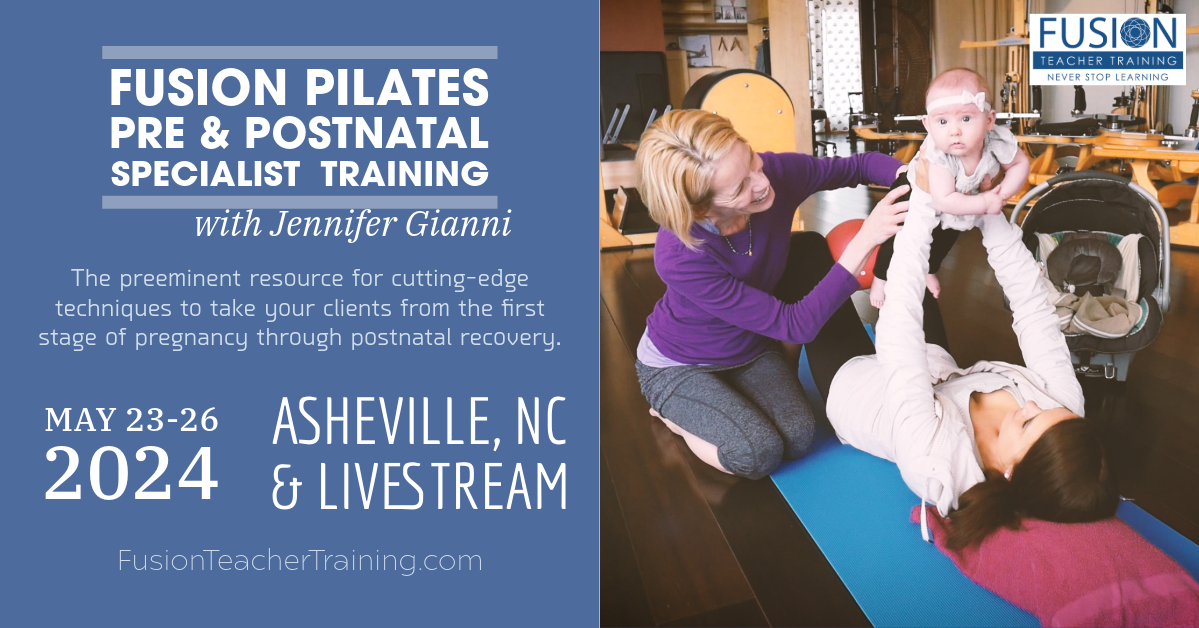
image from geeksandcleats.com
by Jennifer Gianni
I just got back from teaching a 12 hour Anatomy in Clay class in Hilton Head Is., S.C. at Core Pilates. It was a fabulous – a curious group will do that to a class. Twelve hours is never enough time and this was especially the case with this ‘hungry for knowledge’ group I had in Hilton Head. It went by way too fast and then driving home a couple of things that I didn’t have time for in class gnawed away at me. A big one was detail about the Thoracolumbar Fascia. So I am writing this 1) because questions about the TLF kept coming up within the 2 day course and 2) it continues our exploration into the world of fascia!
In Ulm at the Fascial Summer School, one lecturer/scientist/bodyworker that I was fascinated with was Thomas Findley. In his lecture and article ” The Fascial Organ” (in MA Hutson (ed) Oxford Textbook of Musculoskeletal Medicine, 2nd Edition 2014), Mr. Findley talks about the running ability of Oscar Pistorius, “the double amputee excluded from the regular Olympic games for fear that his bilateral below knee prostheses gave him an artificial advantage over athletes with normal calf muscles, shows that lower leg muscles are not sufficient or even necessary forces in propelling the human body.” Now that is a paradigm shift, right? He goes on to state that because of Mr Pistorius and others like him, it is becoming clearer and clearer that “models of movement based on muscles and bones were challenged by the reality of motion which could not be explained.”
On the ride I kept thinking about this lecture and when I got home the first thing I did was run to my notes from the Summer School. I found this lone sentence that spoke very loudly to me from Mr Findley, “In the low back, lumbar fascia needed to be added to the model to account for movement capabilities.” And I had to dig deeper. My mind went to another fabulous lecture and article by Dr Andry Vleeming (Journal of Anatomy 2012, The Thoracolumbar Fascia: anatomy, function and clinical consideration). The TLF is sometimes thought of as just a big piece of packing tape that is slapped onto the lower back and sacrum. However, it is so much more interesting and complex. It is actually comprised of “several layers that separate the paraspinal muscles from the muscles of the posterior abdominal wall, quadratus lumborum (QL) and psoas major.” And through its many layers it has connections all the way up to the cranium and arms and down to the sacrum and legs. But it is never a flat overlying sheet (and this is true for any other tissue in the body) but it waves in and out (going from deep to superficial ).
Vleeming states, “The Thoracolumbar fascia is a critical part of a myofascial girdle that surrounds the lower portion of the torso, playing an important role in posture, load transfer and respiration.” Another paradigm shift, right? One of my favorite images in this study is when Vleeming writes that “the lumbosacral region can be conceptualized as the union of three large levers: the spine and the two legs. These movement arms are united by the Thoracolumbar Composite of fascia and aponeuroses (the TLC is a thickening of the posterior TLF at the PSIS and there will be much more on this in the next post!!!!)
This fascial and aponeurotic composite is affected through the attachment of several large group of muscles: the bridging muscles from the upper extremity; muscles of the lower extremity; and the torso muscles “including both the front and back components of the torso.
From all the massive amounts of really good research that we have at our fingertips it is becoming clearer and clearer how the TLF not only stabilizes the lower back but contributes to each step and breath we take.
Thanks Hilton Head!! More to come… Stay tuned.



Leave A Reply (1 comment So Far)
Please - comments only. All Pilates questions should be asked in the Forum. All support questions should be asked at Support.
You must be logged in to post a comment.
Thank you, I am so inspired by this information.